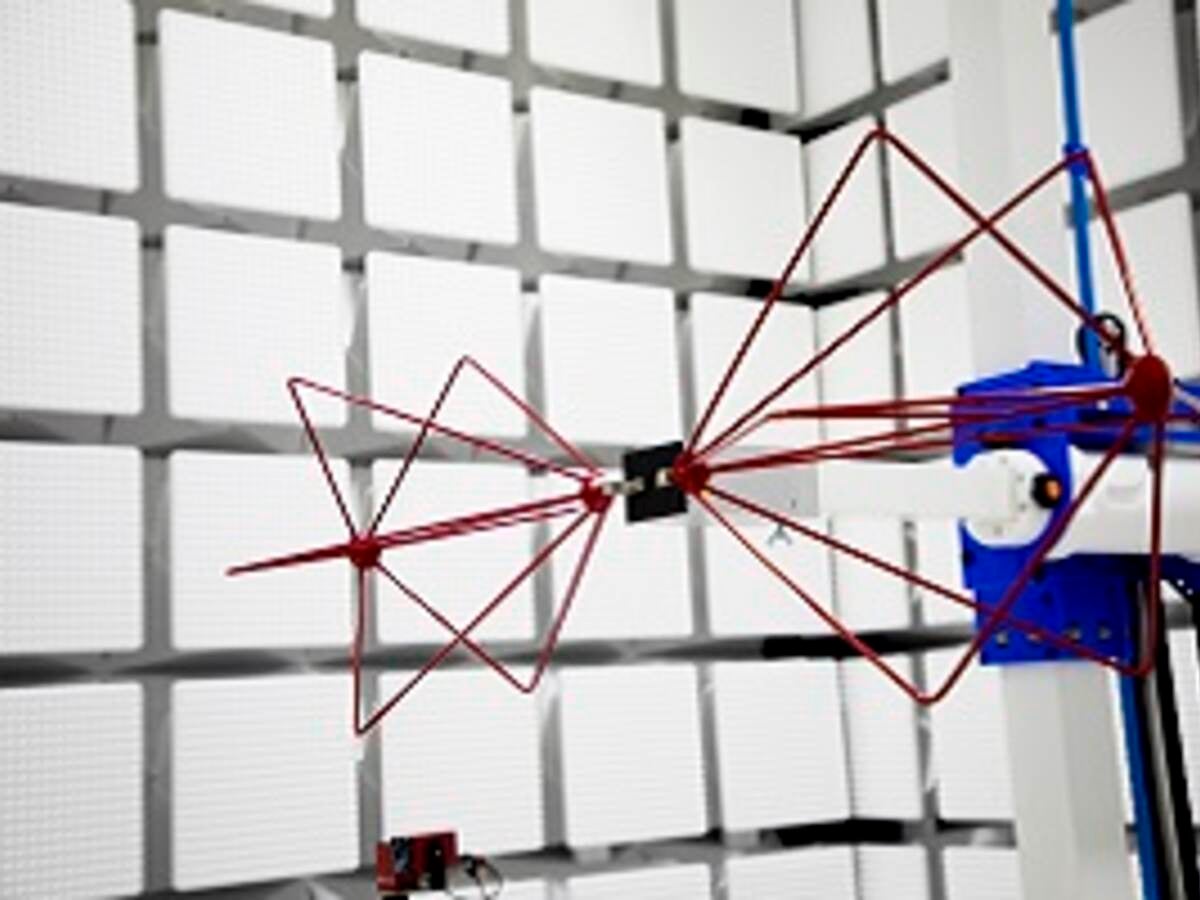EMC standards
Electromagnetic compatibility (EMC) standards are written to test the performance and help confirm the safety of electromagnetic devices. Since EMC regulation began in the 1960s, standards have become clearer and more consistent with regional standards. And as technology advances, EMC standards continue to change.
However, you can expect that EMC standards will typically include:
- EMC measurement methods
- Instrument specifications
- Criteria for determining whether test results pass or fail
Types of EMC standards
When applying standards to products, applicable standards may or may not be specified by law, industry, etc., and if so, they take precedence. If a standard is not specified, you select the standard to be used in the following order: Product group standard, common standard and basic standard.
Basic Standards (Basic Standard)
- Standards defining terminology, electromagnetic emissions, general requirements for immunity and basic measurement methods, e.g., IEC 61000-4-X series (immunity-related).
Generic Standards (Common Standard)
- Standards for cross-sectional application to all products intended for use in an environment, e.g., IEC 61000-4-X Series (industrial environment).
Product Family Standards
- Standards for product groups, for example, CISPR 32 Information Technology Equipment (ITE) List product group-specific test methods and tolerances.
Product Standards (Product Standards)
- Standards specified for a specific product.
- List specific product-specific test methods and tolerances.
International standards
IEC and CISPR
Many EMC standards are written and published by the International Electrotechnical Commission (IEC) and the International Special Committee on Radio Interference (CISPR). IEC was established in 1908 with the aim of standardization and international cooperation in the field of electrical and electronic technology. The IEC prepares and publishes international standards for all electrical, electronic and related technologies. Standards and technical reports related to EMC are prepared by a Technical Committee (TC77), a professional group within the IEC. CISPR is a special committee of the IEC.
Regional EMC standards and regulations
In addition to the international standards such as IEC and CISPR, regional regulations and standards also exist. A few of the key standards areas are highlighted below.
Japan
The Electrical Appliances and Material Safety Act regulates many of the general-facing electrical products intended for use in Japan. For items designated as specified electrical appliances (116 items) and non-specified electrical appliances (341 items), manufacturers and importers are obliged to confirm that the product complies with the standard and displays the mark. The standards used are recognized in accordance with IEC international standards.
In addition, VCCI, the Association for Self-Regulation of Radio Interference devices, such as information processing equipment, voluntarily regulates information processing equipment with regard to EMC. Although it is a voluntary organization for OEMs, it is required to satisfy the requirements of VCCI for the member OEMs. VCCI’s technical standards refer to the international standard CISPR.
European Union (EU)
The EU market has been forced to comply with EMC directives since January 1996. The EMC Directive provides for requirements called “mandatory requirements” for each product area. Products that comply with the requirements of the Directive are allowed to be freely distributed within the EU. The requirements of the EMC Directive are not detailed technical requirements, but rather delineate that the products must meet the essential requirements for EMC.
With the transition from the R&TTE Directive in 2016 to the Radio Equipment Directive (RED), broadcast receivers and radios, such as televisions that were previously subject to the EMC Directive, are now subject to the RED because they use radio functions. On the other hand, communication terminal devices, e.g., line connected telephones, that do not have radio functions that were subject to the R&TTE Directive are now classified as equipment subject to the EMC Directive.
United States
The Federal Communications Commission (FCC) has issued rule CFR: Title 47. Telecommunication that provides technical regulations for radiofrequency equipment or their components. CFR Title 47 has many parts, with key EMC-related regulations including:
- Part 15 Radio Frequency Equipment
- Part 18 ISM Equipment
- Part 2 Radio Frequency Equipment General Regulations.
In addition, each part has a subpart specified by the type of equipment. Within the FCC rules, measurement standards are incorporated by reference and used to demonstrate compliance with the FCC rules applicable to a product. American National Standards Institute (ANSI) Accredited Standards Committee C63 typically writes these measurement standards. C63 is a major United States EMC standards developer focused on many aspects of emission and immunity measurements, instrumentation and resources for test lab competency and quality control.
Canada
The Certification and Engineering Bureau of Innovation, Science and Economic Development Canada (ISED Canada) provides a certification service for radio equipment and a registration service for terminal equipment in Canada. Testing of either radio or terminal equipment to establish compliance with ISED Canada standards is performed in private sector laboratories. These laboratories are required to be approved in accordance with the provisions of a departmental procedure. ISED Canada uses both international and C63 standards in their Interference Causing Equipment Standards.



